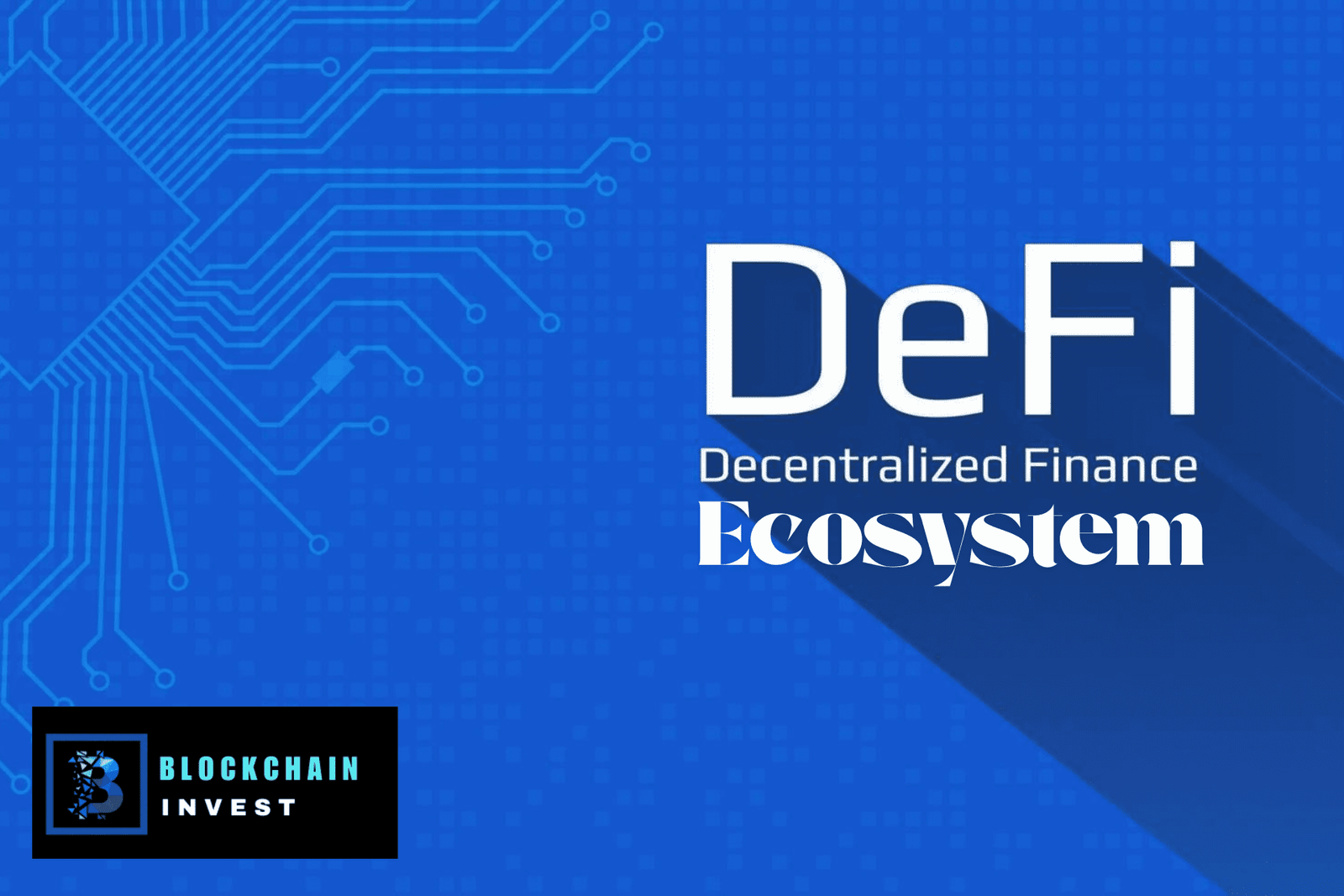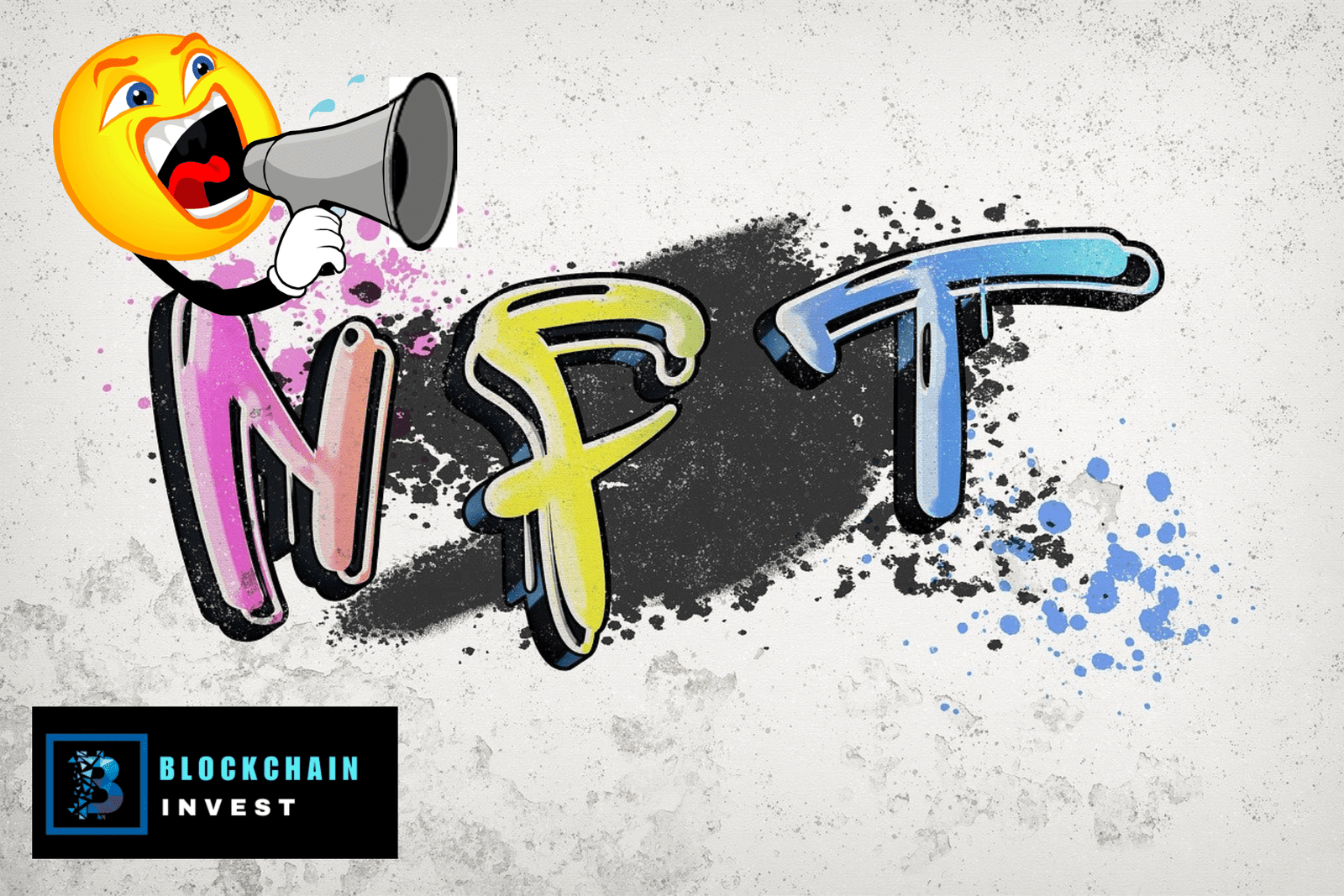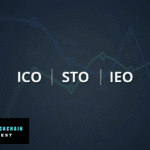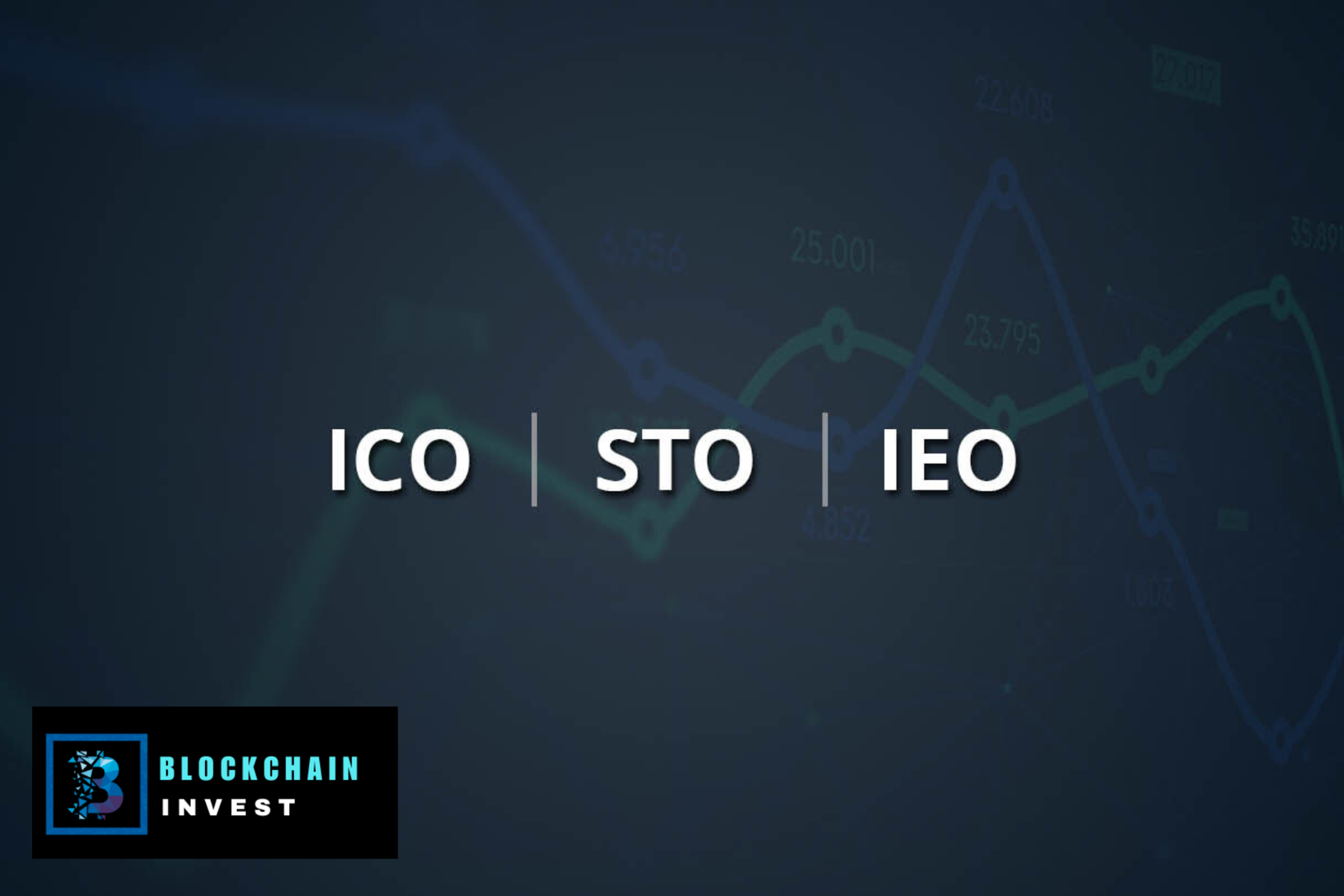Why Do Projects Choose STO Over ICO?
Here’s What’s Inside This Blog Post1 Regulatory Compliance: A Cornerstone of STOs2 Enhanced Investor Trust and Protection3 Attracting Institutional
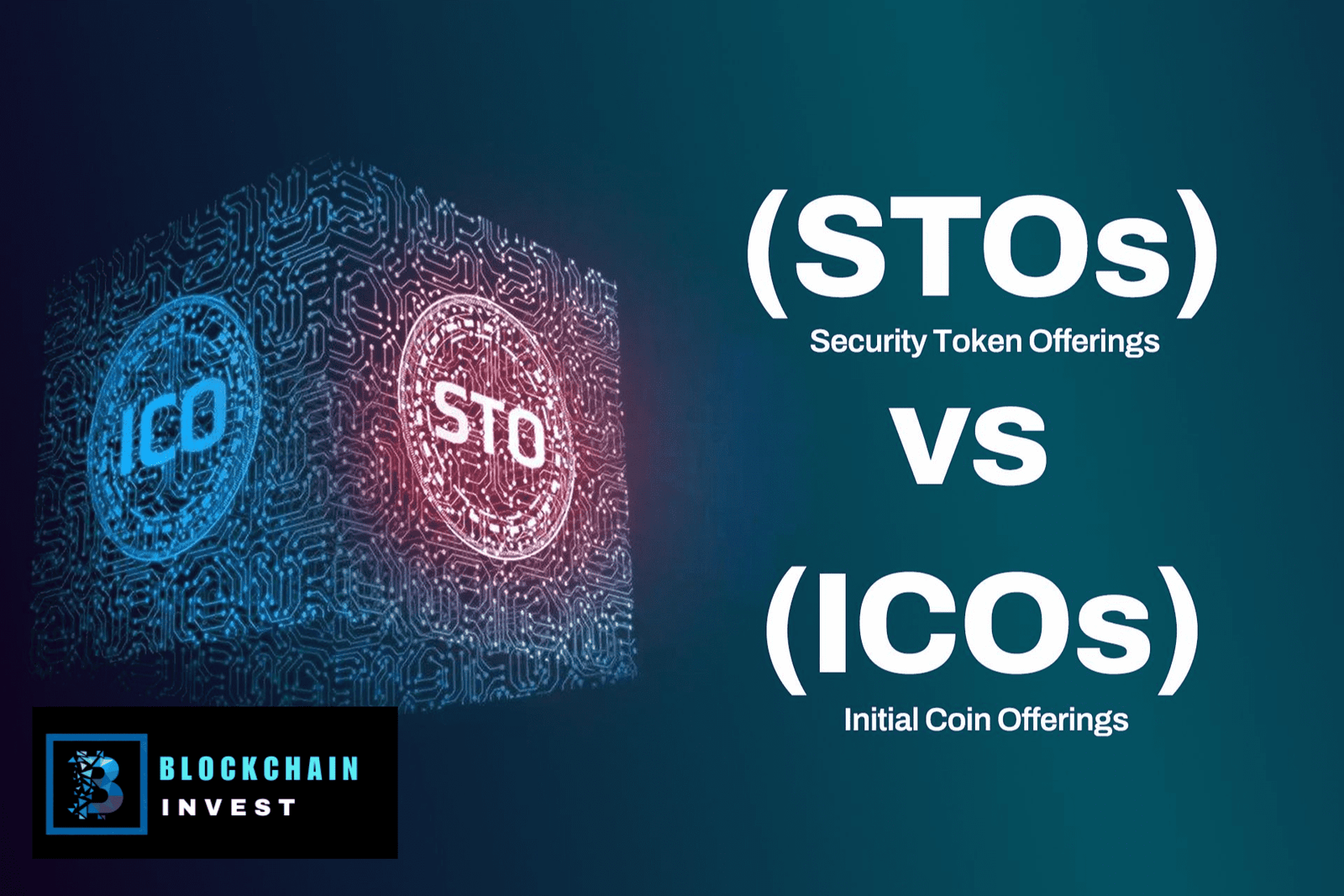
Here’s What’s Inside This Blog Post
- 1 Regulatory Compliance: A Cornerstone of STOs
- 2 Enhanced Investor Trust and Protection
- 3 Attracting Institutional Investors
- 4 Reduced Risk of Fraud and Scams
- 5 Long-Term Market Stability and Liquidity
- 6 Higher Costs but Greater Value for Established Projects
- 7 Asset-Backed Tokens Provide Tangible Value
- 8 Improved Reputation and Market Perception
- 9 Facilitates Secondary Market Trading
- 10 Conclusion: STOs Offer a Future-Proof Fundraising Strategy
In the rapidly evolving world of blockchain fundraising, Security Token Offerings (STOs) are emerging as a preferred alternative to Initial Coin Offerings (ICOs) for serious and regulatory-conscious projects. While ICOs once dominated the crypto fundraising landscape due to their simplicity and speed, a wave of legal scrutiny and investor skepticism has pushed many startups to embrace the structured and compliant route of STOs. But what makes STOs more attractive to modern blockchain ventures? This article explores the key reasons why projects are increasingly choosing STOs over ICOs, and what this shift means for the future of crypto fundraising.
Regulatory Compliance: A Cornerstone of STOs
One of the primary reasons crypto projects opt for STOs over ICOs is their robust regulatory framework. STOs involve tokens classified as securities, adhering to strict regulations set by authorities like the U.S. Securities and Exchange Commission (SEC) or the Swiss Financial Market Supervisory Authority (FINMA). This compliance ensures that projects meet legal standards, including Know Your Customer (KYC) and Anti-Money Laundering (AML) requirements, reducing the risk of legal repercussions. Unlike ICOs, which often operate in a regulatory gray area, STOs provide transparency through mandatory disclosures, audited financials, and clear asset backing.
For instance, in 2018, STOs gained momentum as regulators cracked down on non-compliant ICOs, with over 80% of ICOs from 2017 facing scrutiny or failure. Projects choosing STOs benefit from operating within a legal framework, fostering trust and attracting institutional investors who prioritize compliance.
Enhanced Investor Trust and Protection
STOs offer a significant advantage over ICOs by prioritizing investor protection, a critical factor for projects aiming to build long-term credibility. Security tokens represent ownership in tangible assets, such as company equity, real estate, or revenue streams, providing investors with legal rights and protections similar to traditional securities. In contrast, ICOs typically issue utility tokens with no inherent value or legal backing, leaving investors vulnerable to fraud or project failure.
The 2017 ICO boom saw billions raised, but estimates suggest over 60% of projects failed to deliver, eroding investor confidence. STOs mitigate these risks through regulated offerings, ensuring investors receive clear documentation and recourse in case of mismanagement. For crypto projects targeting serious investors, particularly institutions, STOs’ asset-backed nature and regulatory oversight make them a preferred choice, enhancing trust and reducing financial disputes.
Attracting Institutional Investors
Crypto projects increasingly choose STOs to tap into the growing pool of institutional investors, who are often hesitant to participate in ICOs due to their high risk and lack of regulation. STOs align with traditional financial systems, offering familiar structures like equity or debt instruments, which appeal to hedge funds, venture capitalists, and wealth managers. For example, platforms like Polymath and Securitize have facilitated STOs for projects tokenizing assets like real estate or company shares, attracting significant institutional capital.
In 2019, STOs raised over $400 million globally, with projections estimating a market cap exceeding $10 trillion by 2030. Unlike ICOs, which primarily target retail investors, STOs cater to accredited investors, ensuring a more stable funding base. This institutional appeal makes STOs ideal for projects seeking substantial, long-term investments rather than speculative retail funding.
Reduced Risk of Fraud and Scams
The unregulated nature of ICOs has made them a breeding ground for scams, with numerous projects disappearing after raising funds, leaving investors with worthless tokens. STOs, by contrast, are subject to stringent regulatory oversight, significantly reducing the risk of fraud. Projects launching STOs must provide detailed whitepapers, undergo audits, and comply with securities laws, ensuring accountability.
For instance, the SEC’s enforcement actions against fraudulent ICOs, like the $100 million BitConnect scam in 2018, underscored the dangers of unregulated fundraising. STOs’ compliance requirements deter bad actors, as projects face legal consequences for misrepresentation. Crypto projects prioritizing reputation and investor confidence choose STOs to distance themselves from the negative stigma associated with ICOs, ensuring a safer and more reliable fundraising process.
Long-Term Market Stability and Liquidity
STOs offer greater market stability compared to ICOs, which are often plagued by speculative trading and price volatility. Security tokens are traded on regulated exchanges, ensuring controlled liquidity and reducing the wild price swings common in ICO token markets. Additionally, STOs’ asset-backed nature ties their value to real-world assets, providing intrinsic stability that utility tokens lack.
For example, a real estate STO might tokenize property ownership, with token value tied to rental income or property appreciation, unlike ICO tokens that rely on hype. While ICOs offer immediate liquidity through public exchanges, this often leads to pump-and-dump schemes. STOs, though less liquid initially, provide sustainable growth, making them attractive for projects focused on long-term value creation rather than short-term speculation.
Higher Costs but Greater Value for Established Projects
While STOs involve higher upfront costs due to legal and compliance expenses, they offer significant value for established projects with clear business models. Launching an ICO is relatively inexpensive, requiring only a whitepaper and a website, but this low barrier to entry invites low-quality projects. STOs, however, demand legal expertise, audits, and regulatory filings, which can cost hundreds of thousands of dollars. Despite these costs, the investment pays off for projects aiming to build credibility and attract serious investors.
For instance, blockchain startups in finance or real estate, like tZERO, have successfully used STOs to raise millions while establishing themselves as trusted players. Projects with robust infrastructure and a clear asset-backed vision find STOs’ higher costs justified by the enhanced investor confidence and market positioning they provide.
Asset-Backed Tokens Provide Tangible Value
STOs often involve issuing tokens backed by real-world assets, such as real estate, company shares, or commodities. This is a major shift from ICOs, where tokens typically represented utility or access to a platform, with no intrinsic value. By tokenizing assets, STOs offer investors something of measurable worth, which not only attracts a broader investor base but also adds long-term stability to the token economy. This asset-backed model also opens the door to new financial instruments and more creative capital-raising options.
Improved Reputation and Market Perception
In the post-ICO crash environment, investors and regulators are wary of loosely managed token sales. Launching an STO signals that a project is serious, accountable, and transparent. This improves brand reputation and builds trust within the blockchain ecosystem. Many regulators, particularly in Europe and the U.S., are starting to develop STO-specific legislation, further legitimizing these offerings and positioning them as the future of tokenized fundraising.
Facilitates Secondary Market Trading
Security tokens issued through STOs can often be traded on regulated secondary markets, providing liquidity for investors without compromising legal standards. Unlike many ICO tokens, which may struggle to get listed on exchanges or suffer from low trading volumes, security tokens are positioned to integrate with traditional financial systems and tokenized stock exchanges, offering more fluid market participation.
Conclusion: STOs Offer a Future-Proof Fundraising Strategy
While ICOs offered simplicity and speed, their lack of regulation created significant risks for both investors and project teams. STOs represent a more mature, compliant, and investor-friendly model for crypto fundraising. With enhanced legal protection, access to institutional capital, and the ability to tokenize real-world assets, STOs are becoming the go-to option for projects that aim to scale responsibly and build long-term trust. As the crypto industry continues to evolve under the watchful eye of global regulators, STOs are paving the way for a more secure and sustainable digital financial ecosystem.


